How To Reduce 1 2 We can accomplish this by declaring an empty array as the accumulator value for the reduce function then carrying out a different set of operations on the last iteration of the reduce
IOW LINQ Aggregate is to Reduce It is could be used to reduce in most cases but the reducing operation might involve more processing later Aggregate is there for A couple of comments that this doesn t do what reduce does which is true but it can Here s an example of using every in a similar manner to reduce that returns as soon as
How To Reduce 1 2

How To Reduce 1 2
https://i.ytimg.com/vi/H04-Og7anpA/maxresdefault.jpg
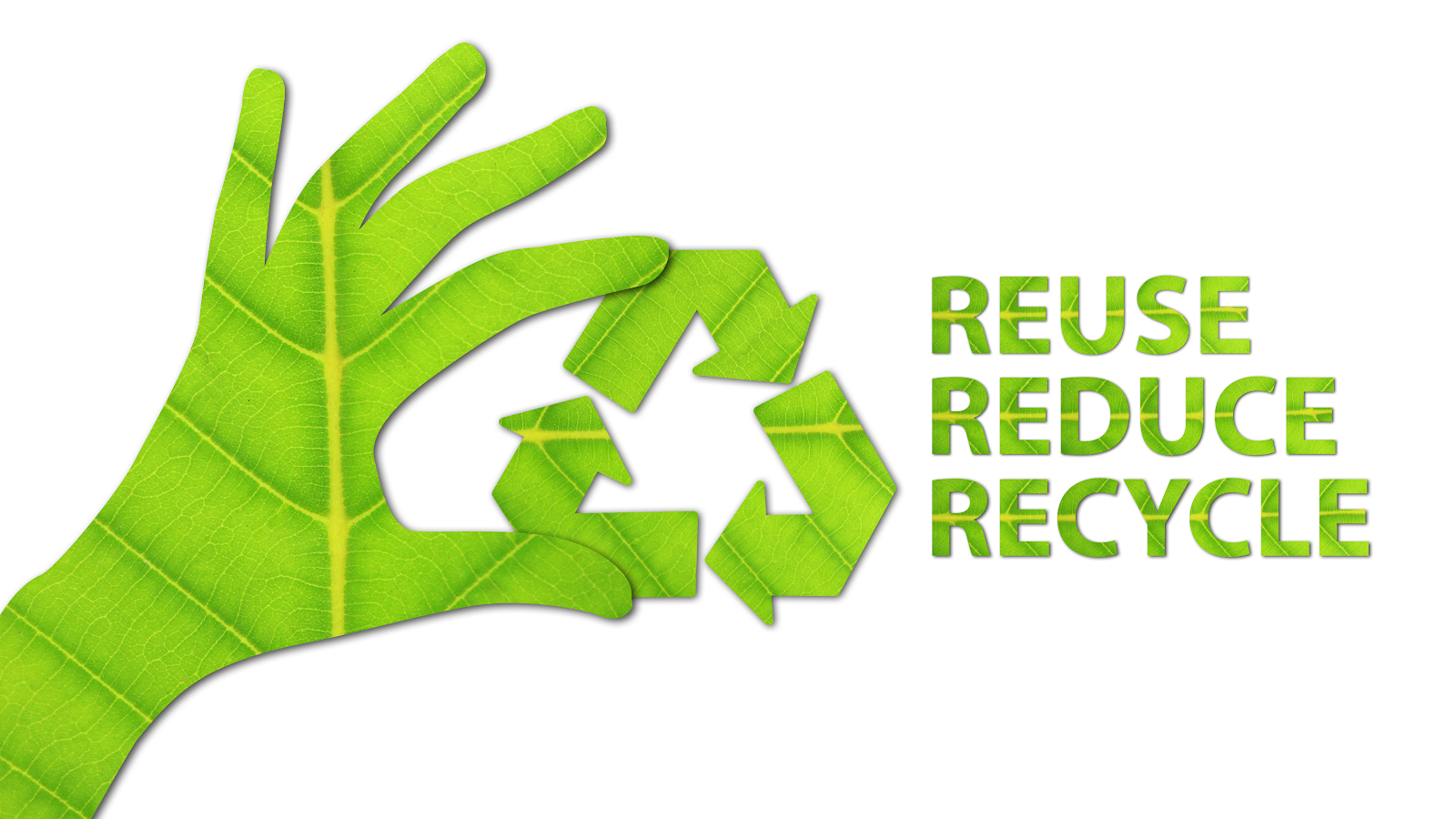
https://amalnet.org/earth/wp-content/uploads/sites/17/2019/12/pasted-image-0.png

8 Fun Earth Day Free Worksheets And Printables For Kids
https://worksheets.clipart-library.com/images2/recycling-worksheet-for-kids/recycling-worksheet-for-kids-33.jpg
Async reduce can start accumulating from the moment the first item is done whereas a reduce after Promise allSettled is blocked until all promises are fulfilled This could make a difference Reduce is The reduce method reduces the array to a single value The reduce method executes a provided function for each value of the array from left to right
The functionality of map and filter was intentionally changed to return iterators and reduce was removed from being a built in and placed in functools reduce So for filter and Note I won t prefer this way but for the sake of completeness you can do it with reduce like this data alfa bravo charlie delta print ft reduce lambda x y x if x
More picture related to How To Reduce 1 2

Reduce Reuse Recycle Template Image To U
https://static.vecteezy.com/system/resources/previews/022/210/039/original/world-environment-day-reduce-reuse-recycle-vector.jpg

Free Recycling Sort Simply Kinder
https://i1.wp.com/www.simplykinder.com/wp-content/uploads/2017/02/Recycling-Sort-.jpg?ssl=1

Reduce Reuse Recycle Examples Pictures Image To U
https://static.vecteezy.com/system/resources/previews/009/932/731/original/recycling-at-home-reuse-reduce-waste-sticker-vector.jpg
Exactly i was using this in keys that has beet retrieved from mongo model and i passed an empty object as an initial value to the result of reduce of keys and as much as i was using documentclass article usepackage lipsum begin document Reducing the inter column spacing a bit begin table htbp addtolength tabcolsep 1pt begin tabular lll
[desc-10] [desc-11]

Reduce Reuse And Recycle Activities For Kids Image To U
https://i.pinimg.com/originals/22/17/36/221736117a782a3b0cbcbf3a06647de1.jpg
:max_bytes(150000):strip_icc()/simplewaysreduceplastic-f00ea500309f480eba442b4cb9b7bc73.png)
Embed Thanks Rupture Plastic Sustainability Ideas Unsuitable Modernize
https://www.treehugger.com/thmb/KxrrfQz1aC0huZ1q-5LD7ClkGXE=/1500x0/filters:no_upscale():max_bytes(150000):strip_icc()/simplewaysreduceplastic-f00ea500309f480eba442b4cb9b7bc73.png

https://stackoverflow.com › questions
We can accomplish this by declaring an empty array as the accumulator value for the reduce function then carrying out a different set of operations on the last iteration of the reduce
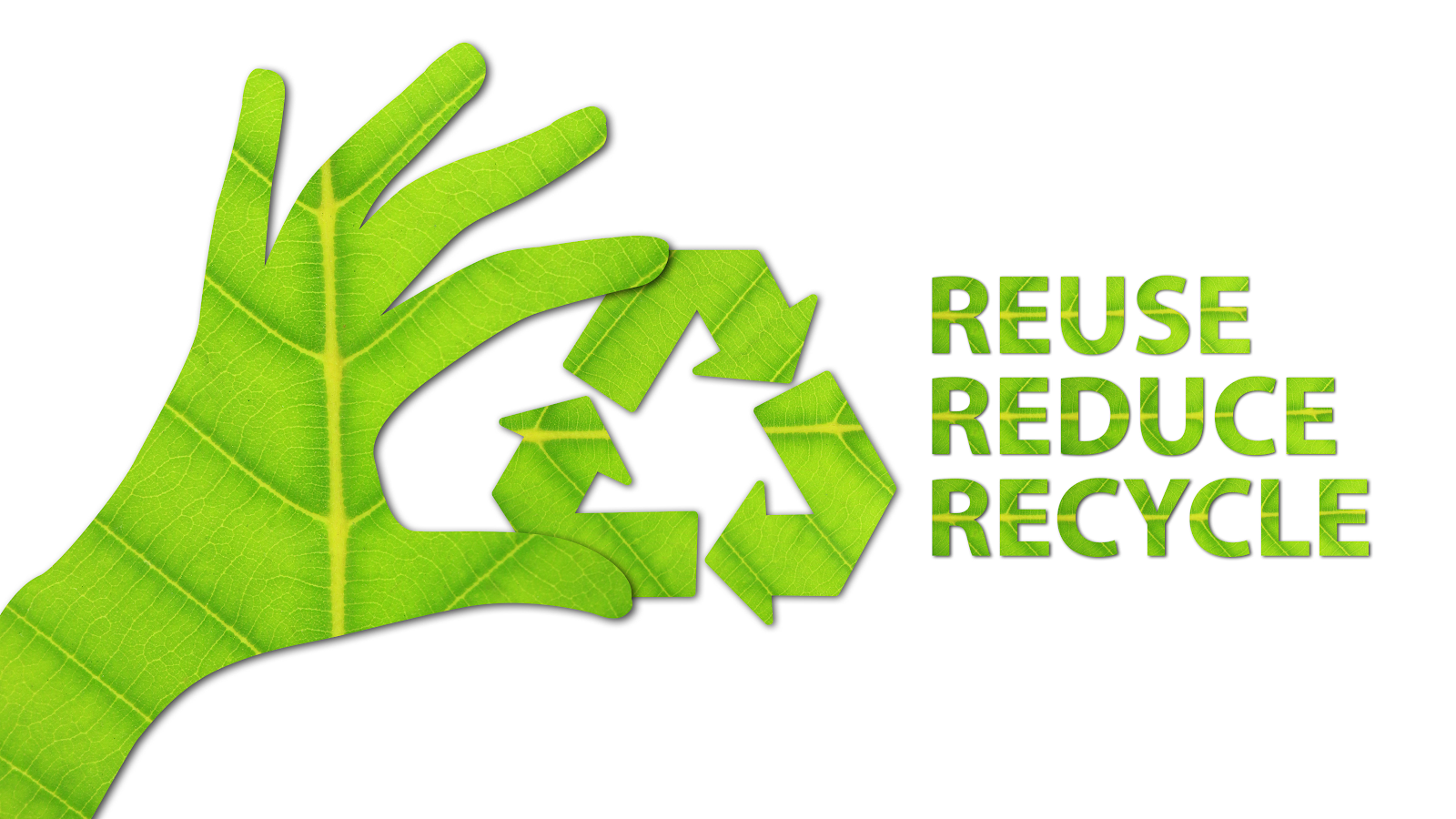
https://stackoverflow.com › questions
IOW LINQ Aggregate is to Reduce It is could be used to reduce in most cases but the reducing operation might involve more processing later Aggregate is there for
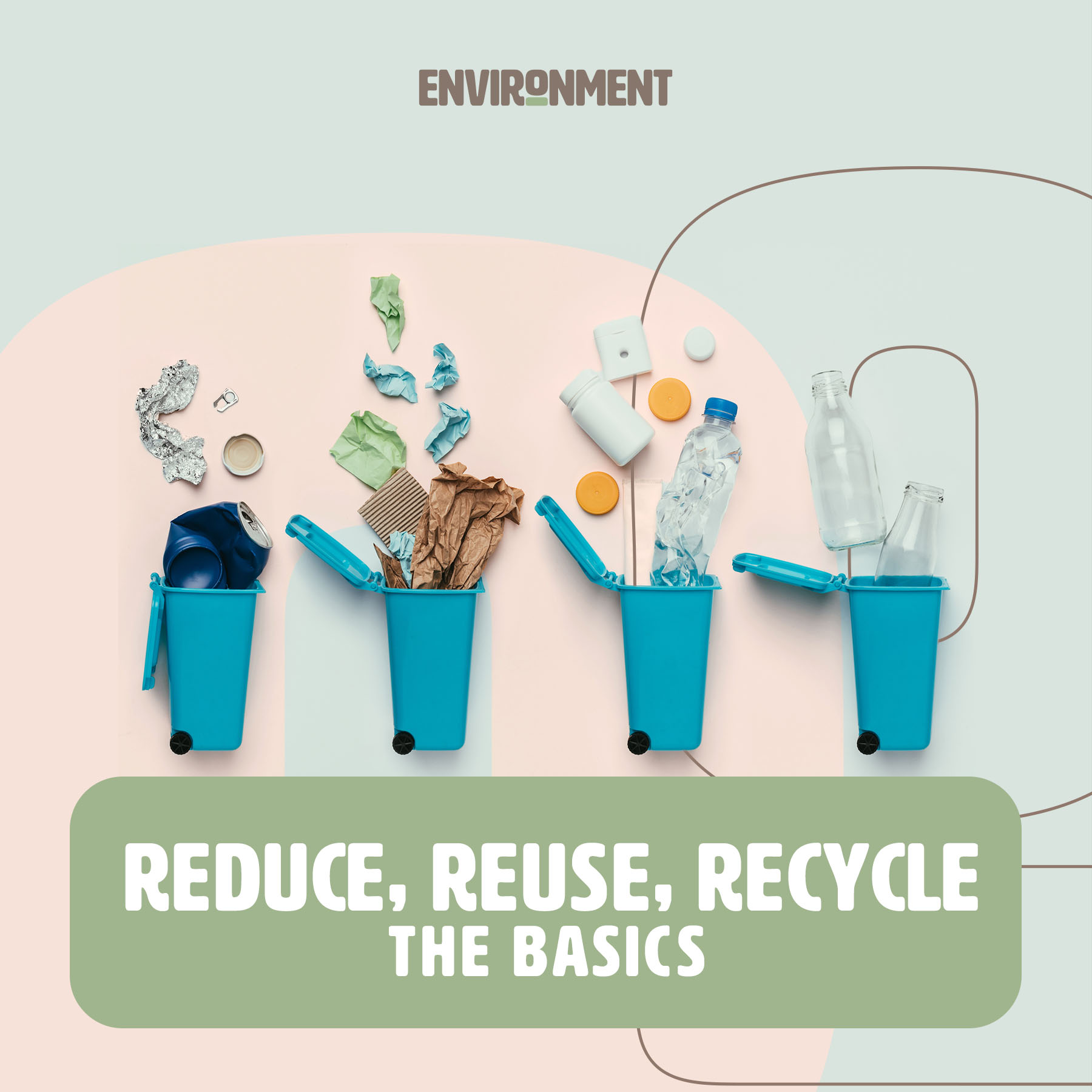
Examples Of Reduce Reuse Recycle Image To U

Reduce Reuse And Recycle Activities For Kids Image To U

Working Together To Reduce Carbon Emissions SVMA

Reduce Reuse And Recycle Identification Worksheet For Kindergarten

Reduce Reuse Recycle WWF Australia Reduce Reuse Recycle WWF
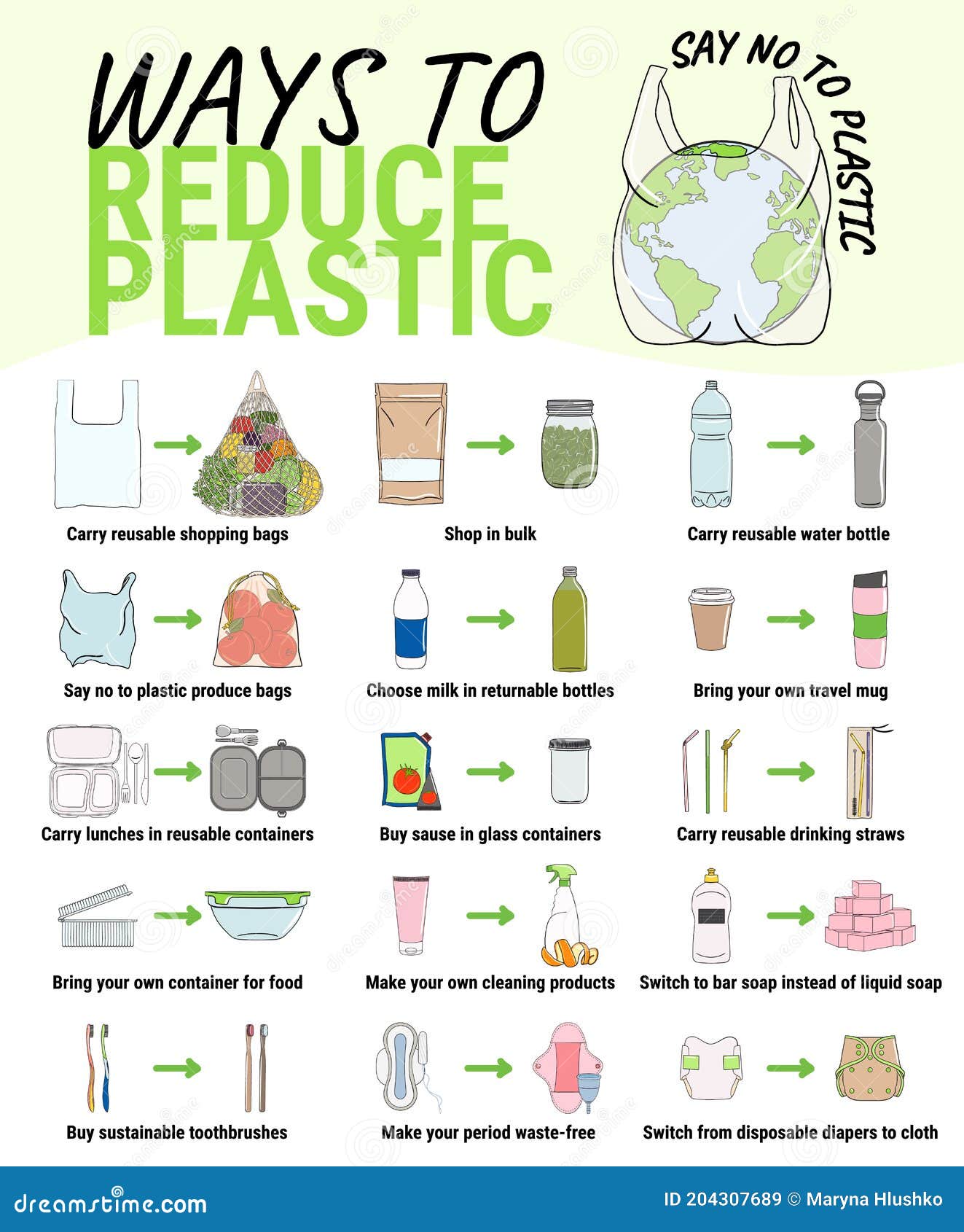
How To Reduce Plastic Waste At Home Cartoon Vector CartoonDealer

How To Reduce Plastic Waste At Home Cartoon Vector CartoonDealer
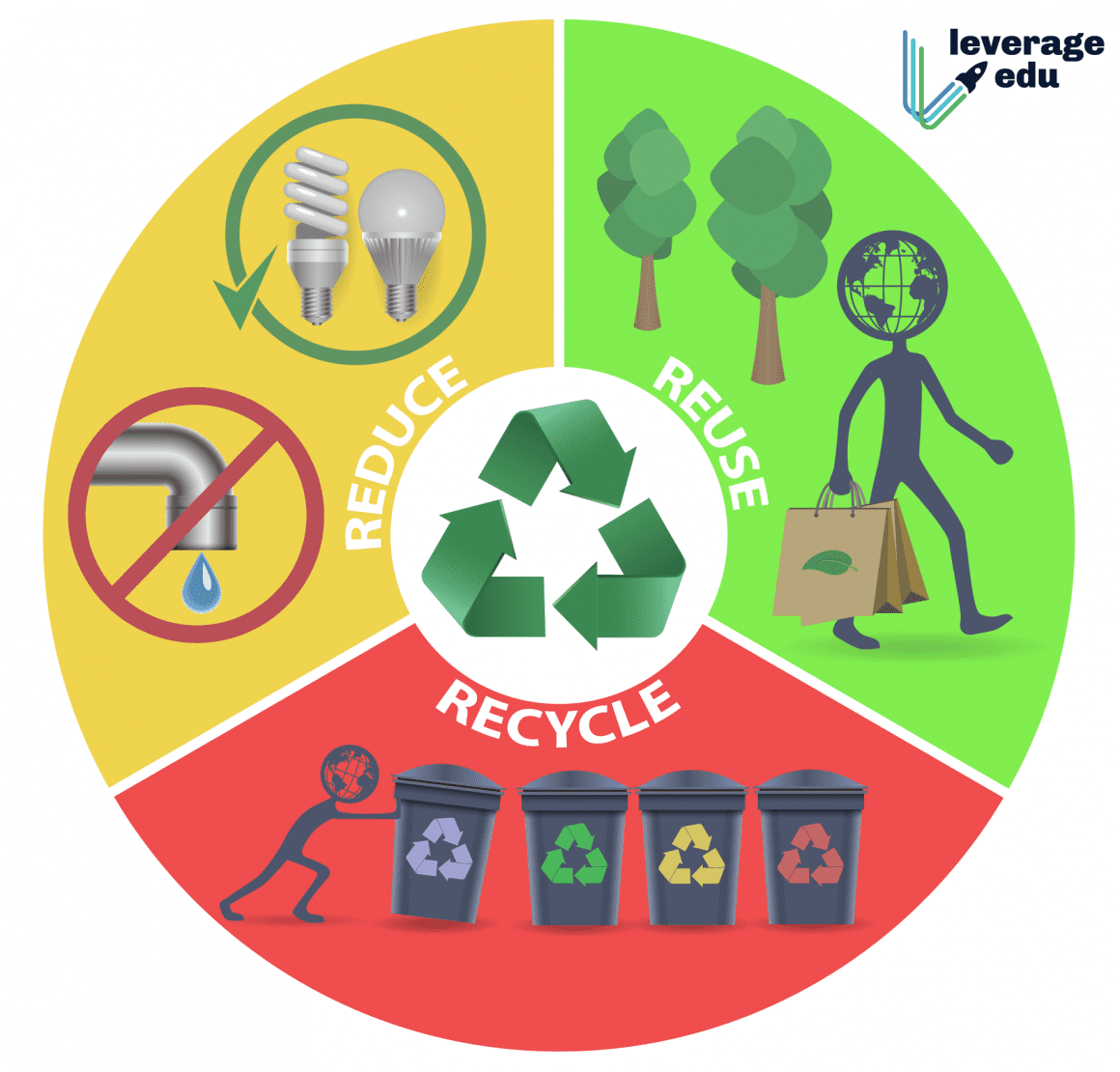
3Rs Reduce Reuse Recycle Leverage Edu
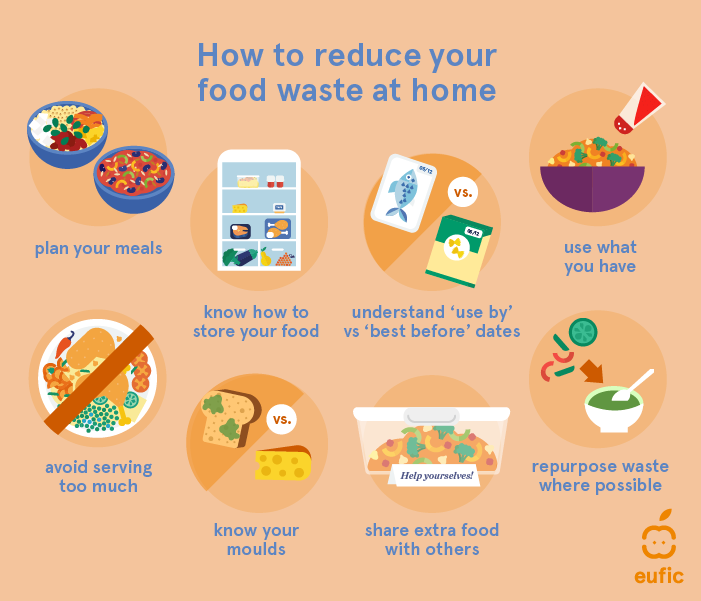
Reduce Food Costs With Smart Strategies A Comprehensive Guide Pusher

Recycling And Its Importance
How To Reduce 1 2 - Note I won t prefer this way but for the sake of completeness you can do it with reduce like this data alfa bravo charlie delta print ft reduce lambda x y x if x